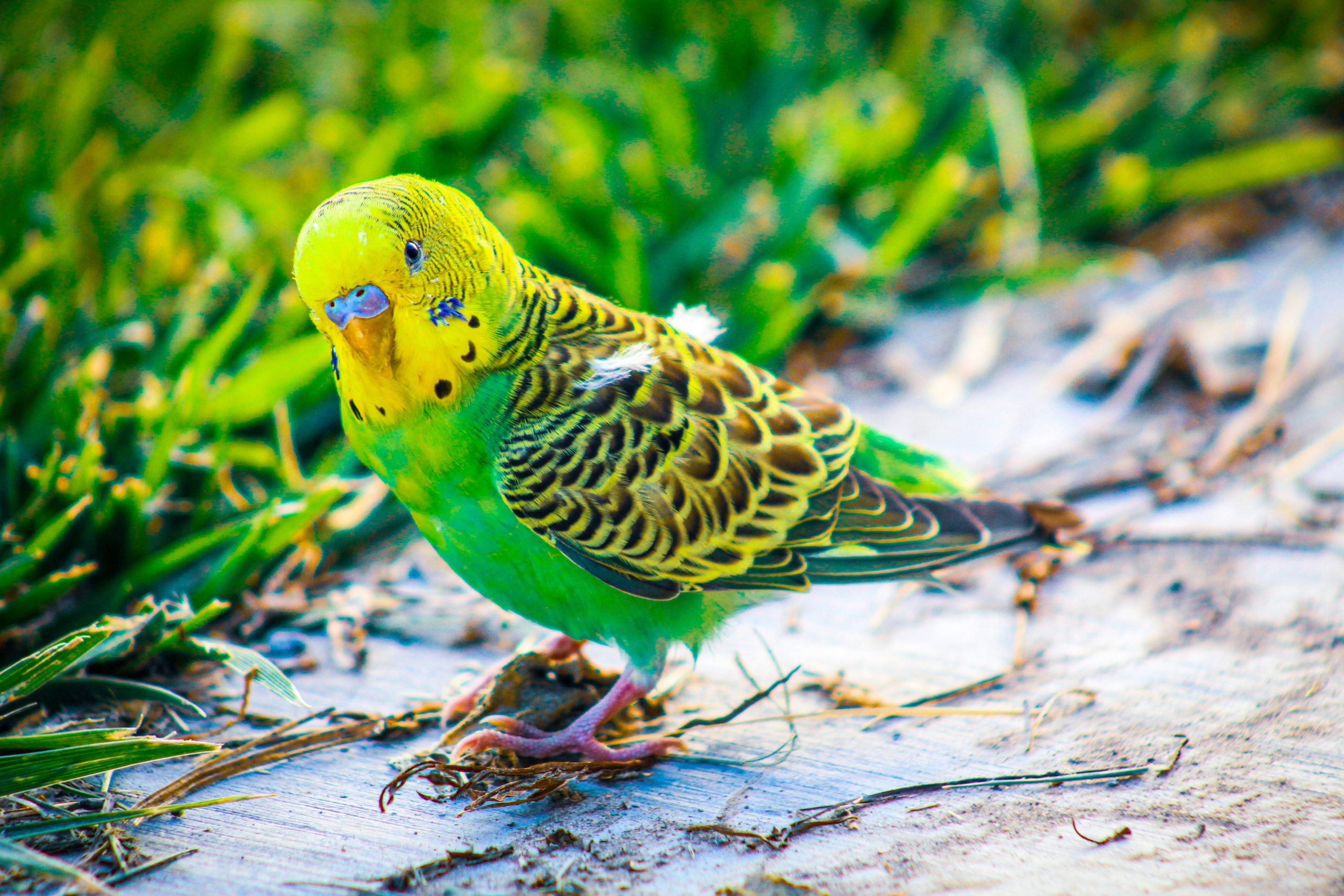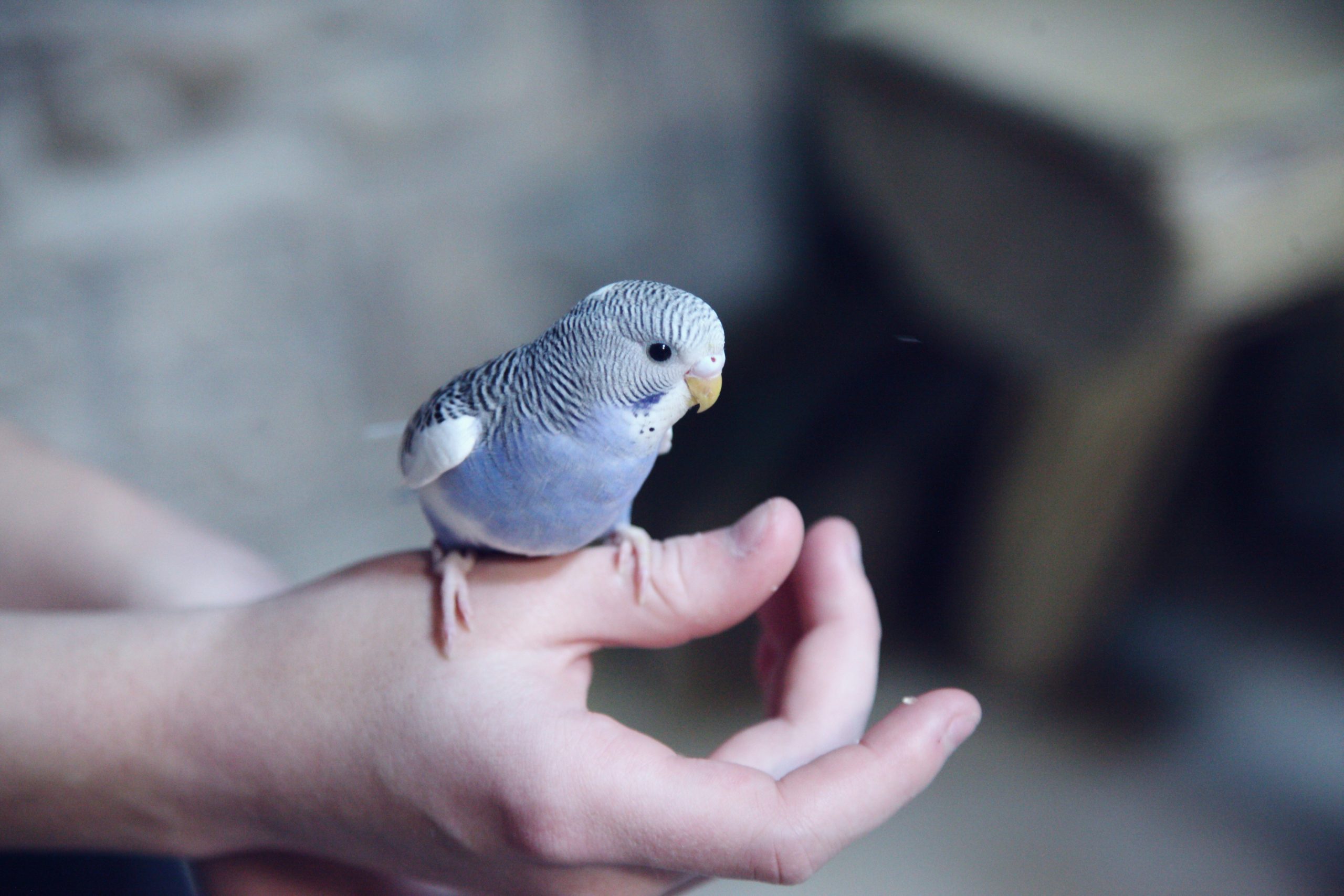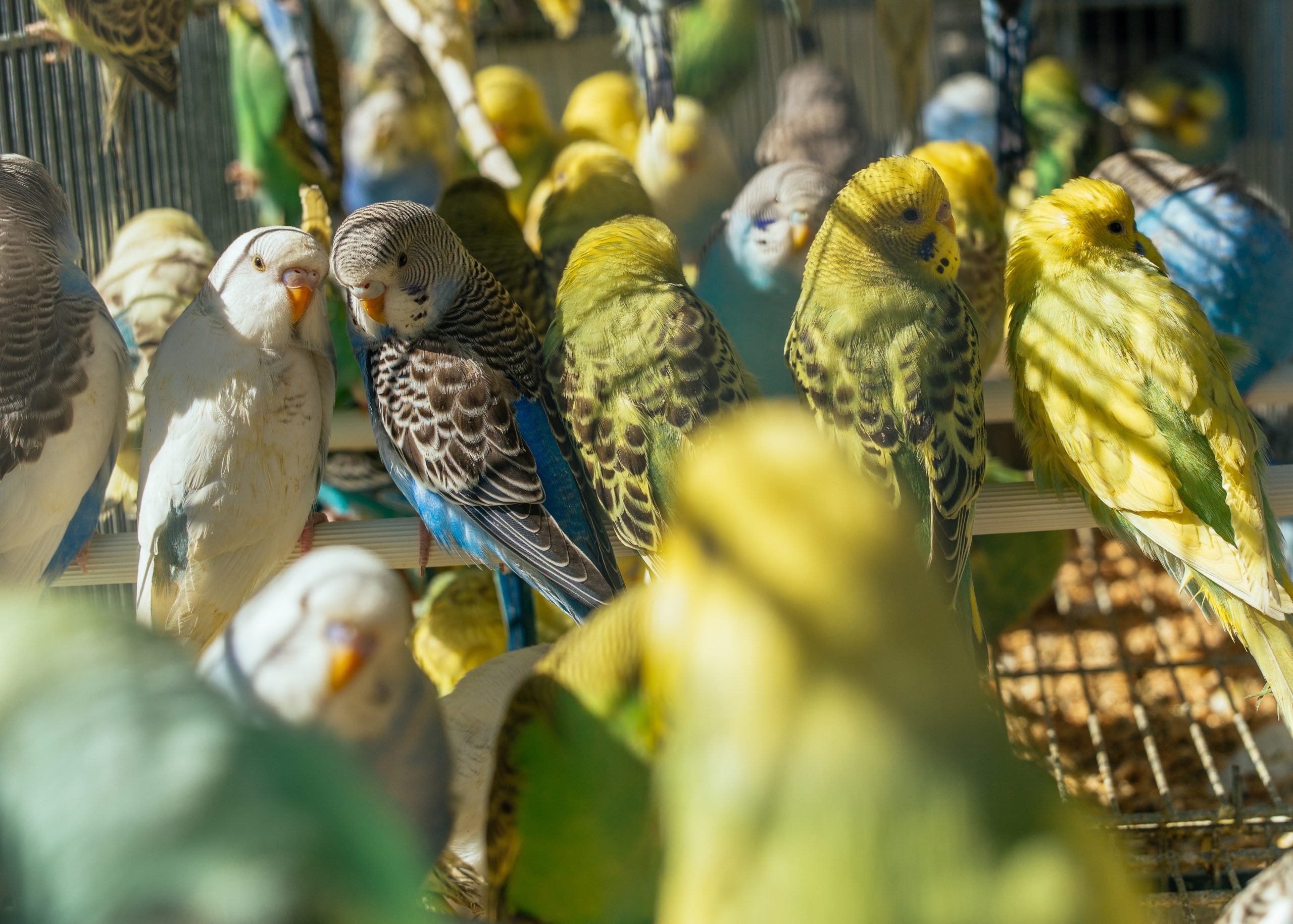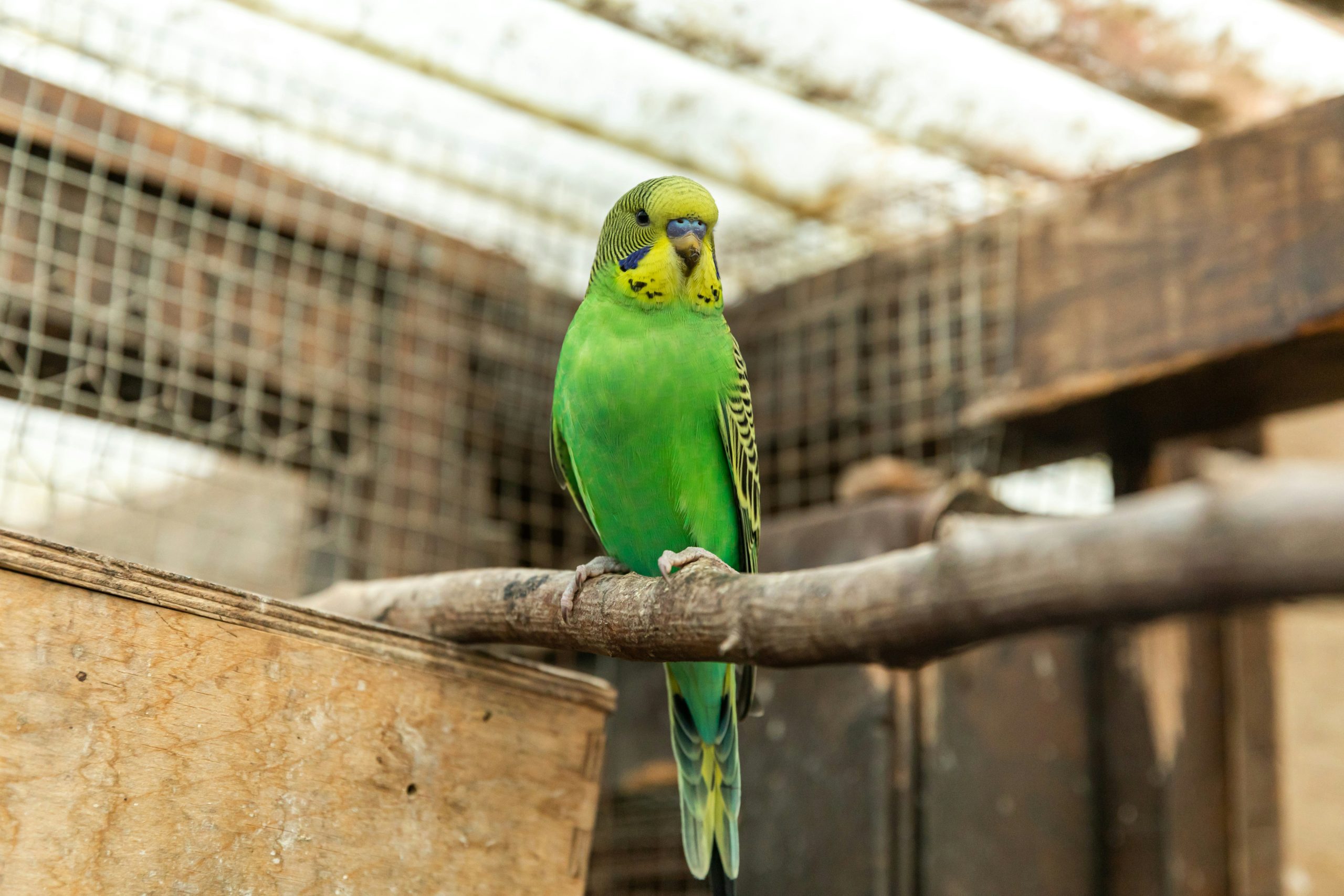Discover symptoms, causes, diagnosis, and treatment options for budgie foot not gripping issues. Learn how to care for your budgie’s feet and ensure their well-being.
Budgies, also known as parakeets, are beloved pets cherished for their vibrant colors, playful demeanor, and ability to mimic human speech. However, like any other pet, they are susceptible to various health issues that can affect their well-being. One common problem encountered by budgie owners is when their pet’s foot does not grip correctly. In this comprehensive guide, we will explore the symptoms, causes, diagnosis, and treatment options for budgie foot grip issues.
Expert Opinion on Budgie Foot Not Gripping
Dr. S. Genevieve, DVM, Dipl. ABVP (Avian Practice):
- Highlights that a budgie not gripping its foot can indicate various underlying issues.
- Stresses the importance of a proper veterinary examination for diagnosis and treatment.
Dr. Michael Murray, DVM, DABVT (Avian Veterinarian):
- Emphasizes the role of perches in foot health. Inappropriate perches can cause bumblefoot, a painful condition with swelling and sores.
Case Study: Recovering Rosie
Scenario: Sarah notices her budgie, Rosie, isn’t using her left foot to grip her perch. Rosie seems withdrawn and isn’t preening as much.
Diagnosis: After examining Rosie, the veterinarian diagnoses bumblefoot on her left foot. The cause is determined to be pressure sores from a perch that’s too smooth.
Treatment:
- The vet prescribes an antibiotic ointment to treat any potential infection.
- Diet adjustments are recommended to ensure Rosie gets the nutrients needed for healing.
- Cage modifications are made. The smooth perch is replaced with natural branches of varying diameters to promote foot exercise and prevent pressure sores.
Outcome: With treatment and cage modifications, Rosie’s foot heals completely. She regains full use of her foot and returns to her normal active and playful behavior.
Important Note:
This case study is for informational purposes only and should not replace professional veterinary advice. If you notice your budgie isn’t gripping its foot, consult a qualified veterinarian for a proper diagnosis and treatment plan. Early intervention is crucial for a full recovery.
Budgie Foot Not Gripping – Symptoms
When a budgie’s foot does not grip properly, it can manifest in various symptoms indicating an underlying issue. These symptoms may include:
Difficulty Perching Or Maintaining A Grip On Surfaces:
Budgies may struggle to hold onto perches or surfaces, frequently slipping or falling off, which indicates a problem with their foot’s ability to grip securely.
Abnormal Foot Posture Or Position:
The affected foot may appear clenched, curled up, or have toes splayed out unnaturally, suggesting an issue with the budgie’s foot muscles or tendons.
Reluctance To Put Weight On The Affected Foot:
Budgies may avoid putting weight on the affected foot altogether, favoring the healthy foot instead, due to discomfort or pain.
Loss Of Balance Or Frequent Falls:
Difficulty maintaining balance due to compromised grip, leading to frequent falls or stumbling when moving around or attempting to perch.
Reduced Ability To Move Around The Cage Or Hop:
Impaired foot grip limits mobility, making it challenging for budgies to move around their cage, hop between perches, or climb toys or branches.
Signs Of Discomfort Or Pain When Attempting To Grip:
Budgies may exhibit signs of distress such as flinching, vocalizing, or biting when trying to grip the affected foot, indicating pain or discomfort.
Swelling Or Inflammation In The Foot Area:
Visible signs of swelling, redness, or inflammation in the affected area may suggest an injury, infection, or underlying health condition.
Behavior Or Activity Level Change:
Budgies with foot grip issues may become less active, reluctant to engage in everyday activities, or rest more due to discomfort and limited mobility.
Possible Signs Of Injury, Such As Bleeding Or Visible Wounds:
Visible signs of injury on the feet, such as bleeding, cuts, or open wounds, may result from accidents, trauma, or self-inflicted harm.
Generalized Weakness Or Lethargy:
Overall weakness or lethargy may occur as a result of pain, discomfort, or the strain of compensating for the affected foot.
Budgie Foot Not Gripping- Causes
Several factors can contribute to a budgie’s foot not gripping correctly. Some common causes include:
Injuries:
Budgies can injure their feet by catching them on objects, falling from heights, or being bitten by other birds or animals, leading to twisted or broken toes, sprained or dislocated joints, fractures, wounds, or infections.
Infections:
Foot infections caused by bacteria, fungi, parasites, or viruses can result in conditions such as bumblefoot, scaly leg, or avian pox, causing pain, inflammation, and difficulty gripping.
Nutritional deficiencies:
Poor diet lacking essential vitamins, minerals, or nutrients can weaken the immune system, making budgies more susceptible to infections and diseases affecting their feet.
Diseases:
Underlying health conditions such as gout, diabetes, or stroke can impair a budgie’s nervous system or metabolism, affecting muscle control and body functions, including foot grip.
Budgie Foot Not Gripping- Diagnosis & Treatment
If you notice any symptoms of foot grip issues in your budgie, it’s essential to seek veterinary care promptly. A qualified avian veterinarian can diagnose the problem through a physical examination and may conduct tests such as x-rays, blood tests, or cultures to determine the underlying cause.
Treatment options may include:
Medication:
Prescription of antibiotics, anti-inflammatories, painkillers, or supplements to treat infections, reduce inflammation, alleviate pain, or address nutritional deficiencies.
Surgery:
Surgical intervention may be necessary to repair fractures, dislocations, wounds, or abscesses in the foot.
Splinting:
Application of a splint or bandage to immobilize the foot and facilitate healing in cases of severe injury or instability.
Amputation:
In severe cases of irreparable damage or infection, amputation of the affected toe or foot may be recommended to alleviate pain and prevent further complications.
Euthanasia:
In instances of terminal or incurable diseases causing significant suffering, euthanasia may be considered as a humane option to prevent prolonged pain and distress.
Budgie Foot Not Gripping- Recovery
The recovery time for budgies with foot grip issues can vary depending on the underlying cause, severity of the condition, and treatment provided. While some budgies may recover quickly and resume normal activities, others may require more time and supportive care to heal fully.
To facilitate recovery and prevent future foot grip issues, consider the following:
Provide a balanced diet:
Offer a varied diet consisting of fresh fruits, vegetables, seeds, pellets, and supplements recommended by your veterinarian to meet your budgie’s nutritional needs and support overall health.
Maintain cage hygiene:
Regularly clean the cage, perches, toys, and accessories to prevent the buildup of bacteria, fungi, or parasites that can cause foot infections.
Monitor behavior:
Keep a close eye on your budgie’s behavior and activity levels, and watch for any signs of discomfort, pain, or recurrence of foot grip issues.
Seek veterinary consultation:
Schedule regular check-ups with an avian veterinarian to monitor your budgie’s foot health and address any concerns promptly.
Conclusion
In conclusion, budgie foot grip issues can significantly impact a bird’s quality of life, affecting its ability to perch, balance, and move comfortably. By recognizing the symptoms, understanding the causes, seeking timely veterinary care, and implementing appropriate treatment and preventive measures, budgie owners can help their feathered friends overcome foot grip challenges and thrive in their environment. Regular monitoring, cage hygiene, and a balanced diet are essential aspects of budgie care that contribute to overall foot health and well-being.
If you notice any signs of foot grip issues in your budgie or have concerns about its foot health, don’t hesitate to consult a qualified avian veterinarian for guidance and assistance. With proper care and attention, budgies can enjoy happy, healthy lives free from foot-related discomfort and limitations.
FAQs
Why is my budgie not using his leg?
Budgies may avoid using a leg due to injuries, infections, or underlying health conditions causing pain or discomfort. Veterinary evaluation is necessary to determine the cause and appropriate treatment.
What to do if my budgie is limping?
If your budgie is limping, it’s essential to seek veterinary care promptly to assess the cause and provide appropriate treatment, which may include medication, splinting, or surgery.
What is the disease in budgies’ feet?
Common foot diseases in budgies include bumblefoot, scaly leg, and pododermatitis, caused by infections, injuries, or nutritional deficiencies.
Why is my budgie holding one foot up?
Budgies may hold one foot up due to pain, discomfort, or weakness caused by injuries, infections, or diseases affecting the foot. Veterinary examination is necessary to determine the underlying cause.
How do you tell if a budgie’s foot is broken?
Signs of a broken foot in budgies may include swelling, deformity, bruising, or reluctance to put weight on the affected foot. Veterinary diagnosis and x-rays are necessary to confirm a fracture.
Why is my bird holding one foot up?
Birds may hold one foot up to alleviate pain or discomfort caused by injuries, infections, or diseases affecting the foot. Veterinary evaluation is essential to determine the underlying cause and provide appropriate treatment.
What is wrong with my bird’s foot?
Several issues could affect a bird’s foot, including injuries, infections, nutritional deficiencies, or diseases such as bumblefoot or scaly leg. A veterinarian can diagnose the problem and recommend treatment.
How do you fix a bird’s leg?
Fixing a bird’s leg depends on the underlying cause and severity of the issue. Treatment options may include medication, splinting, surgery, or amputation, as recommended by a qualified avian veterinarian.
Why is my bird not using one leg?
Birds may avoid using one leg due to pain, weakness, or injury. It’s essential to seek veterinary care to determine the cause and provide appropriate treatment to restore mobility.
Can a bird’s leg heal on its own?
Minor injuries or sprains may heal on their own with rest and supportive care. However, severe injuries or fractures may require veterinary intervention, including medication, splinting, or surgery, to facilitate healing.
Can a bird survive with one foot?
Birds can adapt to life with one foot, but they may face challenges in perching, balancing, or moving around. Providing a supportive environment with lower perches and ramps can help enhance their quality of life.
Do sick birds stand on one leg?
Sick birds may exhibit abnormal behavior, including standing on one leg, as a coping mechanism for discomfort or pain. Veterinary evaluation is necessary to assess the bird’s health and address any underlying issues.




